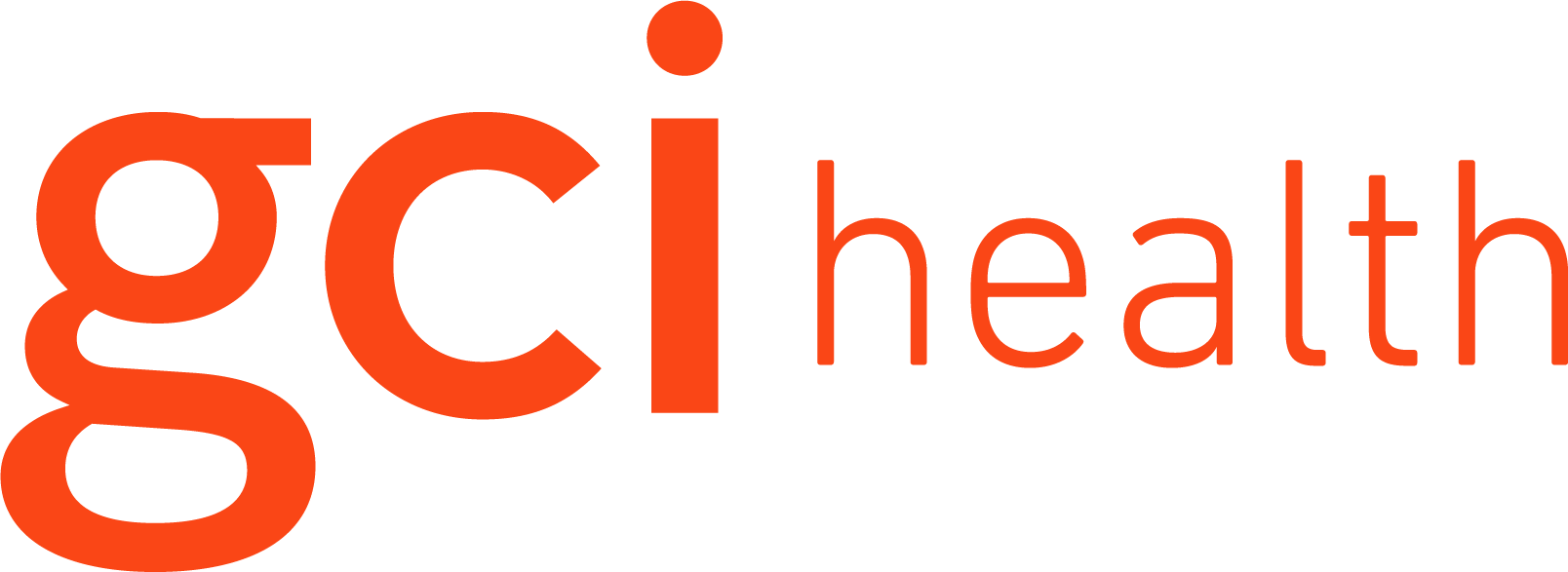Over the past decade, health organizations have adapted to an entirely new healthcare system and technological era. However, as with many other industries, healthcare is grappling with technology, social responsibility, and the business becoming more consumer facing. Healthcare agencies have also changed to meet these needs.
Agency communicators can’t just be experts on regulation or trends anymore. They need to support clients in tech, policy, or corporate work, too. Many firms are moving away from siloed practices and health groups and are sharing resources and talent.
“Every agency seems to be approaching health in different ways,” says Paul George, global health business development lead at Omnicom Public Relations Group. “It’s a much more integrated team because health clients are looking to us to service not just traditional communications, but also advocacy, policy, as well as social and digital. Siphoning those into separate practices and teams no longer works.”
The move away from silos is reflected by how holding companies are restructuring their health offerings. WPP created its health and wellness group in February, in which four constituent agencies share resources: Ogilvy CommonHealth Worldwide, ghg, and Sudler & Hennessey — three of the top 10 healthcare agencies by revenue — along with media-planning giant CMI. Havas merged its health and consumer practices to create Havas Health & You in March. Other holding companies, including Publicis and Omnicom, have made similar changes.
Senior analyst at Pivotal Research Group Brian Wieser, who focuses on the advertising, media, and internet sectors, has noticed the trend of agencies bringing different skills all under one roof again.
“Agencies are rebundling in different ways,” he says. “There’s interest in marketers having a wide range of services that are broader than what a creative agency or media agency or PR agency has. We went through this great unbundling 20 years ago, and there is an interest in rebundling among many marketers.”
The change, he adds, is driven by clients asking for it from their agencies and clients seeing the opportunity it presents for better integrated service and choosing to work with those firms.
Clients’ changing needs
Healthcare companies have refocused on a patient-centric business model, meaning communication has also shifted toward the individual. The result is a convergence of healthcare and consumer skills.
“That’s where the business is going,” says Mike Hudnall, CEO of WPP Health & Wellness. “Classically, healthcare lagged behind some other industries, notably fast-moving consumer goods, as it relates to marketing, but all the signs are there. Healthcare businesses are evolving fast.”
Patients’ increasing control over their healthcare has pushed the subject front of mind for the average person. Adam Cossman, chief digital officer at W2O Group, says the agency recently pitched a pharma company that didn’t want to see healthcare case studies. The company trusted W2O had healthcare experience and was looking for expertise in areas such as consumer, tech, and data.
“It’s a pendulum shift of people in healthcare being interested in non-healthcare experience,” Cossman adds. “They want to know you understand the regulatory environment, that information needs to be medically accurate and regulator compliant. But they also want experience outside because they know healthcare has been a late adopter.”
George says since Omnicom PR Group shifted Cone Communications under Porter Novelli, the Cone team has helped on several healthcare clients looking to build out CSR initiatives to counteract damaged reputations.
“We blended the teams and pulled knowledge from both sides to deliver on clients’ needs,” George explained. “About 70% or 80% of purpose-driven programs are in the health space. Health companies have to show the values and purpose they stand for. Look at how the pharma industry has been under the magnifying glass in talking about their drugs. People are looking at what they’re doing to contribute back to society.”
Parts of the healthcare and pharma industries have taken a reputational beating — CSR and purpose-driven campaigns are an effort to rebuild reputation. “Purpose is becoming more important,” Hudnall says. “As consumers become more involved and take a greater role in making decisions about their healthcare, they care more about the companies they build relationships with — whether that’s purchasing medicine or pursuing better health and wellness.”
Purpose and reputation also merges into corporate comms and companies are more active in managing their corporate reputation. “With the current political environment, corporations are being looked at to step in to address societal, human, and humanitarian needs,” George says.
The shift was seen clearly when Merck CEO Ken Frazier (pictured below) stepped down from Donald Trump’s manufacturing advisory council over the president’s response to white supremacist rallies in Charlottesville.
Where’s the talent?
One of the biggest integration challenges is finding people with the right experience to work on blended agency teams, according to Jim Weiss, CEO of W2O Group. “It’s hard to find talent in diversified areas that is steeped in healthcare,” he says. “You might find really good data analytics people who know nothing about healthcare. You might find creatives who are really talented but just haven’t worked in the healthcare vertical.”
His solution is finding those experts in their areas, such as digital or data, and embedding them in healthcare teams where they learn the industry ins-and-outs through their colleagues.
“In non-health areas we’ve been able to innovate and do interesting things outside regulatory restrictions,” Weiss explains. “As regulators get more clear and assured around social, digital, and online, we can apply some of the things we’ve learned.”
Because regulations are so strict, particularly for pharma companies needing to disclose side effects on drugs, it has been difficult to embrace technology in communications. But healthcare companies have established ways to utilize digital, social, and analytics-driven campaigns. The other side of evolving technology involves trends such as artificial intelligence or personalized medicine becoming more mainstream, which means healthcare agencies need to add yet another set of expertise to their teams: tech PR.
Porter Novelli created a combined health and tech team about a year ago, George points out, and that team has had a lot of engagement from healthcare clients.
“The convergence of tech and healthcare is going to manifest faster and accelerate faster,” says George. “We’ve been trying to blend teams so we understand each other.”
The clients driving these new structures are demanding a simpler support system. Pharma company Kowa Pharmaceuticals moved from using three separate agencies — for marketing, digital, and healthcare PR — to one integrated firm.
The major benefit of having one health agency that does it all is less competition and infighting, says Chuck Hrushka, executive director of marketing at Kowa. “In meetings, everyone [from the agencies] got along well, but there was still more competition than I would like to acknowledge for budget dollars,” Hrushka explains. “My team and I made a decision to go under one roof. It has been absolutely great, not only because of the budget issue, but the integration has also been super.
“Everybody is around the same table working out of the same budget, so there’s more focus on the success of the campaign,” he continues. “People are seeing ways that this [agency] team can work together and, for a brand team, it is absolutely a relief.”
Where healthcare PR is headed
Agencies such as W2O Group will continue to add new expertise through acquisitions, while large holding companies including WPP and Omnicom pull from sister agencies for different expertise to support healthcare clients’ evolving needs in consumer, corporate, and tech. Agency responses to the needs of the healthcare industry aren’t limited to holding companies: boutique, midsize, and independent firms are all dealing with the same shift, and even management consultancies are getting in on the action.
Deloitte’s reputation and crisis management work and Accenture Interactive’s focus on digital marketing are just two consultancies stepping further into the marketing communications sphere.
“We can’t fight that,” Hudnall says. “We have to acknowledge it, embrace it, and open ourselves up to make sure we are evolving to be the best we can.”
The PR agency world overall is seeing management consultancies encroach on their business, but the threat isn’t quite enough to worry some yet. Wieser explains that, despite consultancies moving into PR and marketing, the numbers-based impact is still low.
“The consultancies are having a small effect on the overall sector, maybe half a percentage point of impact,” Wieser explains. “The global agency industry is $120 billion annually and these [PR] holding companies are about $60 billion of revenue. If you look at revenue from agency-like services from Accenture, IBM, Deloitte, and so on, maybe you get to $5 or $6 billion.”
One agency’s response is to bring management consulting into its own business. Reid Connolly, CEO of Evoke Health, created Traverse HealthStrategy under the Evoke Group umbrella in 2016, along with multicultural marketing and digital health offers. Traverse focuses on digital integration from marketing to a health organization’s internal structure and works with executives both inside and outside the marketing and communications sphere.
“Those are the people often involved in making decisions about funding and where budgets are going, and if you’re excluded from those conversations, you miss out,” Connolly says.
Smaller and midsize agencies have different strategies to keep up with the market. GCI Health CEO Wendy Lund says her agency has maintained its structure, but focused on adding new talent to address emerging healthcare areas, particularly in health tech.
“The size of our agency is perfect for being nimble and understanding [the client’s] processes and procedures,” Lund explains. But as healthcare companies look for one-stop shop solutions to their communications needs, even the agency behemoths believe specialized firms still have a place.
“Entrepreneurs and independent agencies are a strong force of change in our business,” Hudnall says. “Disruption is usually something that’s happening outside the mainstream. We need to bring some of that entrepreneurial spirit into our own business and embrace that.”
Case study: Kowa Pharmaceuticals
Pharma is a particularly thorny area of healthcare PR. With regulations on proper disclosure of risks and medical information needed in every communication about a drug, pharma tends to stick to the typical 60-second TV spot or full-page ad.
Kowa Pharmaceuticals has a peculiar challenge with its statin — or cholesterol lowering — drug Livalo: It is the only brand name product in a generic market. In an effort to compete, the company needed to build recognition of the brand name drug so consumers and physicians would choose it over generic competitors. “We’re reaching out to the consumer, the patient, in many different ways and forms of media due to the fact that much of the time a patient asks for a drug by name,” says Chuck Hrushka, executive director of marketing at Kowa.
Hrushka credits only using one health agency for the success of the campaign. The resulting activation, supported by W2O Group companies, stretched across traditional healthcare marketing and new, digital strategies. Traditional direct-to-consumer TV spots were complemented with an online Pac-Man-like game, the pharma mainstay of celebrity spokespeople such as Regis Philbin, wellness bloggers, and market research combined with social analytics.
“We have to do due diligence with physicians,” Hrushka says. “But we also want to educate the consumer and make them aware of our brand.”
GCI Health forged a partnership with Hearst women’s title Redbook and online health information source HealthyWomen.org. The HealthiHER Project is an attempt to better understand the health habits of women 30-60 years of age. As a first step in the project, there will be a survey of women in that demographic, addressing their healthcare decisions and needs. The goal of the research is to give these women the information and inspiration they need to make healthier choices. “We’re excited to be working with Redbook and HealthyWomen to uncover some key insights that will help us better communicate with this important population,” said GCI Health CEO Wendy Lund.

